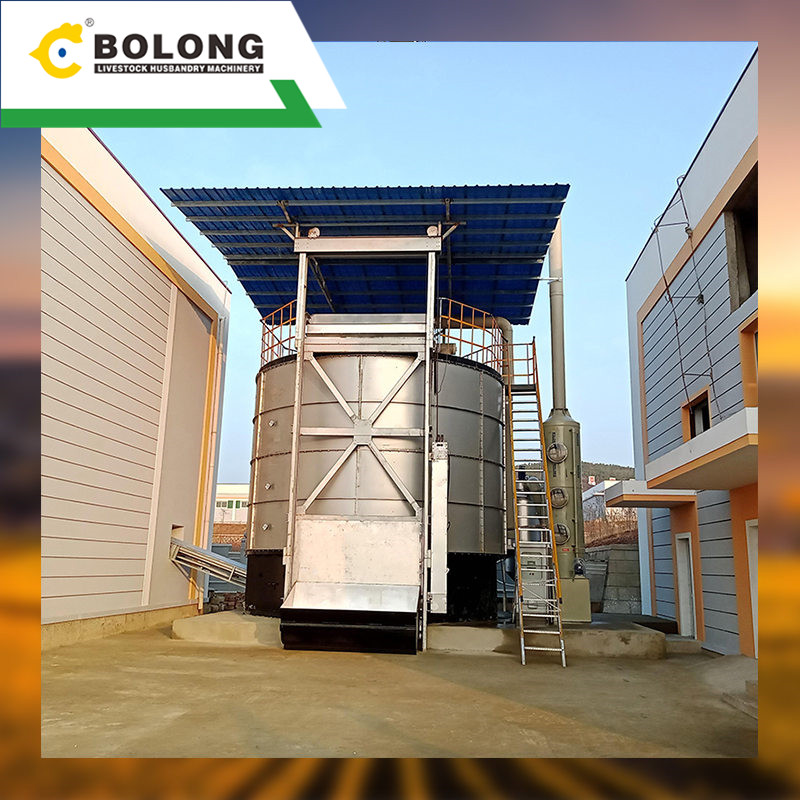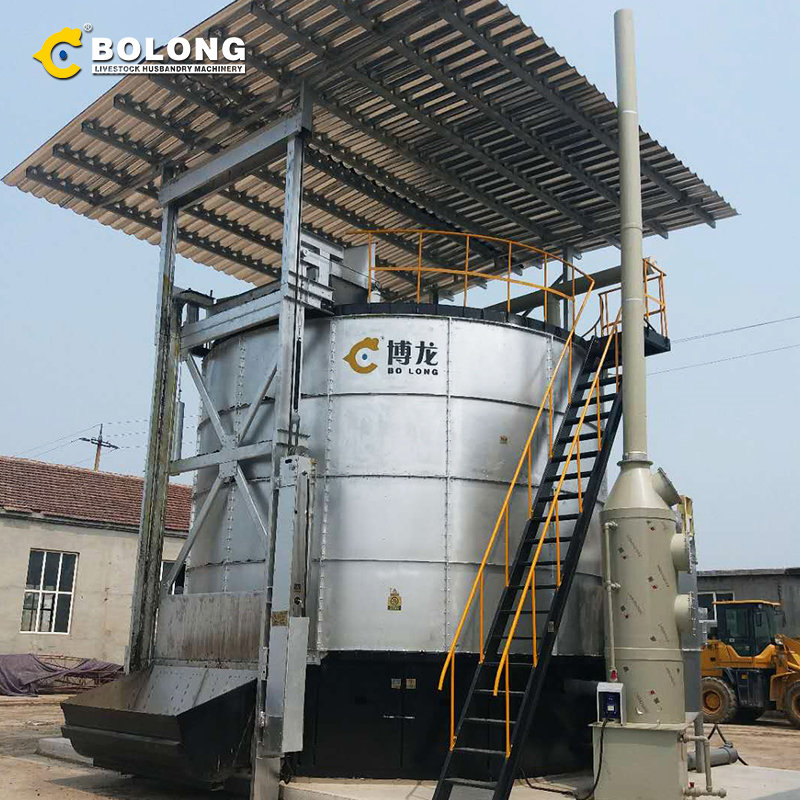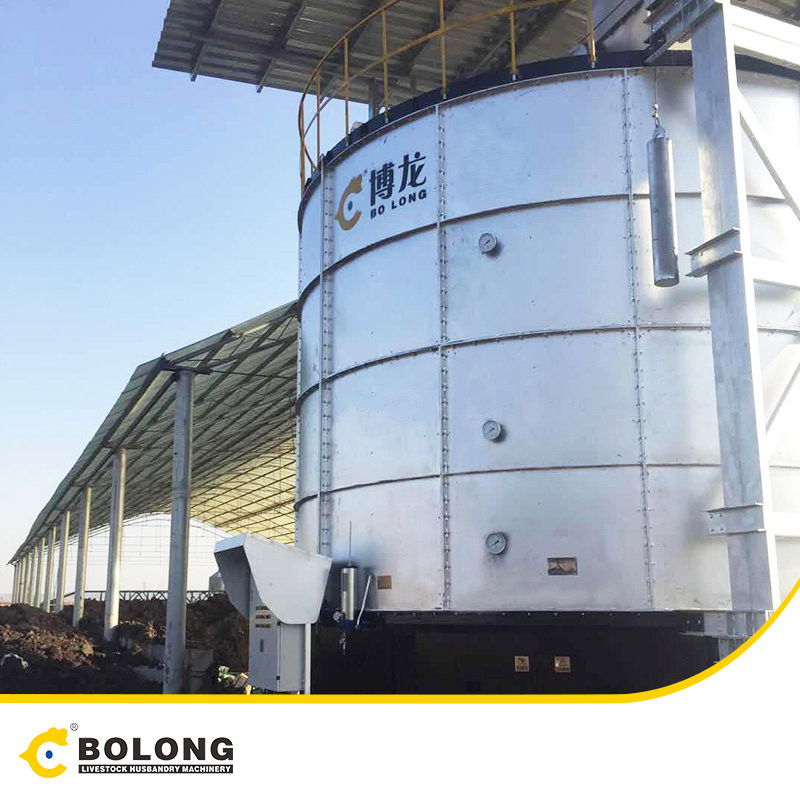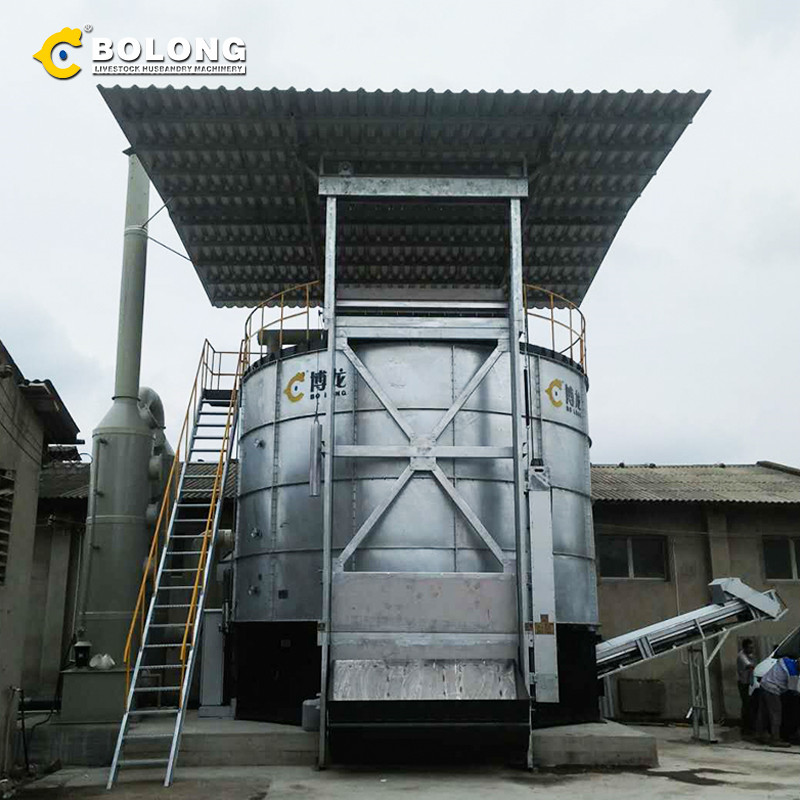
2021/4/1/ · 1. Introduction. Waste activated sludge (WAS) is an important by-product of biological treatment processes [1], WAS disposal generally accounts for 50 %–60 % of the total construction and operation costs of a wastewater treatment plant [2, 3].WAS contains elements such as N, P, K and rich organic matter, which can be used as a resource [4].In

2024/4/1/ · The excess sludge was taken from the secondary sedimentation tank of practical wastewater treatment plant (WWTP). The sludge was filtered through a 0.9 mm × 0.9 mm screen, and the supernatant was removed after 12-h standing and settling. Basic properties of the concentrated excess sludge are shown in Table 1. The lysozyme with

What Are the Principal Products of On-site Sludge Fermentation? VFAs, or their ionized forms, acetate, propionate, valerate, and butyrate can be beneficially used as

The integration of a microbial electrolysis cell (MEC) is an effective strategy for enhancing the efficiency and stability of an anaerobic digestion (AD) system for energy recovery from waste-activated sludge (WAS). Typically, electrodes are arranged as separate components, potentially disrupting mixing and complicating the reactor configuration, posing challenges

2023/12/1/ · A sedimentation tank with a working volume of approximately 6 m 3 was connected to the CSTR for sludge sedimentation, and the bottom sludge was returned to the CSTR through a submersible sewage pump. Each cycle of the NF-SBR lasted for 8 h and consisted of 5 periods: 40 min feeding, 1–3 h aeration, 40 min settling, 40 min

2022/3/1/ · The co-fermentation of sewage sludge and macroalgae at different mixing ratios was performed for medium-chain carboxylates (MCCs) production. Sewage sludge was gathered from a primary settling tank in a municipal wastewater treatment plant, kept at −4 ℃ until being used for fermentation. pH value of raw sludge was 6.68, TS and VS

2024/4/1/ · Sewage sludge type (substrate) Materials/catalyst used Dosage Initial pH Temp. (°C) Hydrogen production rate (mL/h) Hydrogen yield (mL/g VS) Enhancement compared to control Ref. Dark fermentation: Anaerobic sewage sludge – 20 g VS/L: 6 ± 0.05: Ambient temperature: 0.05: 46 – (Karthikeyan and Gokuladoss, 2022) Fusion of


2023/12/8/ · In this study, an algal–bacterial symbiotic consortium was integrated with the sediment microbial fuel cell (SMFC) to construct an algal–bacterial cathode SMFC (AC-SMFC) for excess sewage sludge treatment and electricity generation. A bacterial cathode SMFC (BC-SMFC) and a static settling system (SS-system) were used as controls.

2023/8/1/ · Continue to regulate and control the use of sewage and septic tank sludge through the separate the SUiAR and EPR regimes. The only advantage of option 1 is that no effort would be required to

2009/9/16/ · Primary Influent. Clarifier. Effluent to Bioreactor. Fermented Sludge to solids handling Sludge Recycle. PSD recycle to 1) inoculate Inf., 2) provide longer SRT than HRT, 3) elutriate VFAs formed. Typical SRT = 2 to 3 days. SRT control by adjusting sludge wasting. Sludge blanket monitoring required for determine solids inventory and solids in

2022/1/1/ · This study identified "Candidatus Nitrospira nitrosa"-like comammox bacteria as the predominant ammonia oxidizers (97.5-99.4%) in a lab-scale BNR system with acetate and sludge fermentation liquid as external carbon sources. The total nitrogen and phosphorus removals of the system were 75.9% and 86.9% with minimal N 2 O emission

Here we investigate the transformation of antimony in view of biomethylation during sewage sludge fermentation as a case study for an anaerobic environment. Our approach was to identify if antimony methylation follows the Challenger pathway by using isotopically enriched antimonite (123Sb (v)). The antimony source was subjected to methylation

Characteristics of sewage sludge. Before being utilized for fermentation, raw sludge was collected from a primary settling tank at a municipal wastewater treatment facility and stored at −4 °C. Total solids (TS) and volatile solids (VS) were 17.5 ± 0.3 g/L and 5.0 ± 0.5 g/L, respectively, while the pH of the raw sludge was 7.2 ± 0.1.

2021/12/15/ · In Canada, the annual sewage sludge production was estimated at around 0.7 million tons of dry sludge, equal to 10–75 g of dry sludge per capita per day [1]. The sludge management and disposal costs in a typical wastewater treatment plant (WWTP) have been estimated at 50–70% of the total operating costs [3], [4]. Thus, …